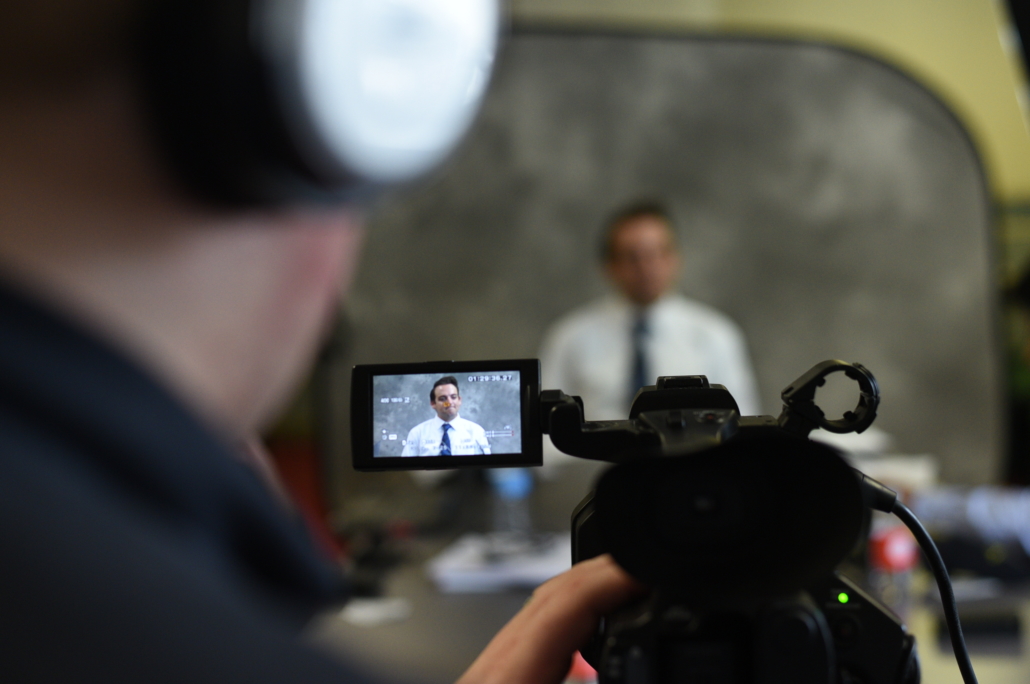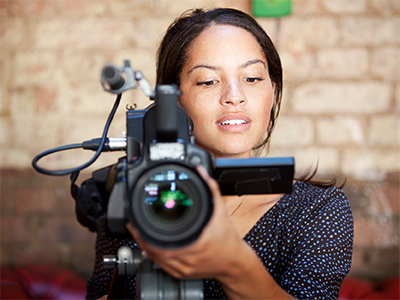The Function of Legal Videography in Modern Legal Procedures
The Function of Legal Videography in Modern Legal Procedures
Blog Article
Exploring the Mechanisms of Legal Videography: Introduction Its Operation in Shielding Genuine Aesthetic Testament for Judicial Process
In the world of judicial procedures, the duty of lawful videography stands as a keystone in preserving and providing visual evidence. As modern technology remains to advancement, the systems behind lawful videography have actually become increasingly complex, providing an essential layer of credibility to testaments captured on video. By delving right into the operational details of lawful videography, one can discover the meticulous procedures that guard the stability of aesthetic proof presented in courts - Legal Videography. This expedition not only drops light on the historic development of legal videography yet also hints at the future trends that may even more change just how aesthetic testimonies are promoted in the world of justice.
Historical Advancement of Legal Videography
Examining the historic progression of lawful videography discloses a substantial transformation in the catching and discussion of aesthetic evidence within the legal landscape. In the past, lawful procedures greatly relied upon composed photographs and transcripts to document events and give proof. Nevertheless, with the advent of video clip technology, the lawful industry observed a standard change in how visual testimony was captured and provided.
The advancement of legal videography can be mapped back to the late 20th century when improvements in video clip recording equipment made it extra accessible for usage in courtrooms. This technical innovation not just improved the accuracy and reliability of aesthetic evidence however additionally reinvented the method cases existed to discretionary (Legal Videography). Attorneys started to identify the influential power of video clip recordings in sharing feelings, subtleties, and non-verbal cues that created photographs or transcripts alone can not record properly

Modern Technology Improvements in Video Clip Documents
What crucial technological improvements have changed video documents in the legal field? The lawful area has actually seen substantial advancements in video documents technology that have boosted the authenticity and integrity of aesthetic evidence in judicial proceedings. Among the essential improvements is high-definition (HD) video recording capabilities, which supply crystal-clear photos and sharp information that are vital for properly recording testaments, facial expressions, and other aesthetic signs. In addition, the combination of timestamping and metadata features in video clip paperwork tools has enabled accurate documentation of when and where the video clip was tape-recorded, ensuring the honesty of the evidence provided in court.
In addition, developments in video clip security and watermarking modern technologies have strengthened the safety and security and tamper-proof nature of video clip proof, safeguarding it versus unauthorized changes or meddling. In addition, the arrival of cloud storage options and remote gain access to abilities has structured the storage space, access, and sharing of video proof, promoting seamless cooperation among attorneys and guaranteeing reliable accessibility to important aesthetic testaments when required. These technical developments in video paperwork have actually certainly reinvented the lawful field, improving the precision, reputation, and admissibility of aesthetic proof in judicial process.
Function of Lawful Videographers in Court Room Setups
The advancement of video clip documents modern technology in the legal area has demanded a crucial function for legal videographers in court settings, ensuring the integrity and integrity of visual testimonies presented throughout judicial process. Legal videographers play a fundamental duty in catching and protecting accurate aesthetic evidence that can be pivotal in court cases. Their duty includes establishing devices, taping proceedings, and creating premium videos that precisely reflect the occasions in the courtroom.
In addition, legal videographers often function closely with legal teams to make certain that the video clip proof lines up with the case's demands and can be efficiently offered in court to sustain the legal arguments being made. On the whole, the role of lawful videographers in court room setups is indispensable in upholding the concepts of justice and ensuring the openness of legal procedures. Legal Videography.

Ensuring Admissibility and Stability of Video Proof
To keep the integrity of visual proof offered in legal proceedings, making certain the admissibility and integrity of video evidence is a critical obligation for lawful videographers. Admissibility describes the acceptance of proof by the court, and for video clip proof to be acceptable, it needs to fulfill certain requirements. Legal videographers play a vital duty in guaranteeing that the videos they record adhere to the rules of evidence, such as authenticity, significance, and reliability.
Integrity of video clip proof involves maintaining the creativity and precision of the video footage from the time it is tape-recorded until it exists in court. This consists of safely saving the video files, recording the chain of custody, and preventing any kind of meddling or alterations. Legal videographers must comply with rigorous procedures to guarantee anchor the honesty of the video evidence and protect against any type of difficulties to its credibility.
Future Trends in Legal Videography
Given the boosting dependence on innovation in legal procedures, legal videographers are positioned to over here embrace ingenious improvements shaping the future of visual testament capture and discussion. Among the prominent fads coming up is the combination of digital reality (VR) and boosted fact (AR) modern technologies into legal videography. These modern technologies have the possible to reinvent exactly how aesthetic proof is offered in court rooms, enabling discretionary to immerse themselves in the scene of the crime or incident.
Furthermore, using expert system (AI) algorithms for video clip evaluation is expected to improve the process of assessing and assessing huge quantities of video footage. AI can assist in identifying essential minutes, abnormalities, and patterns within videos, enhancing the effectiveness of legal examinations.

Conclusion
In verdict, lawful videography has actually played a vital duty in offering genuine aesthetic proof for judicial proceedings. Via technical improvements and the proficiency of legal videographers, the honesty and admissibility of video proof are made certain in courtroom settings. As lawful videography proceeds to evolve, it will certainly be important to promote standards that preserve the precision and dependability of visual testimony for the future of lawful process.
Taking a look at the historical development of legal videography reveals a considerable improvement in the recording and discussion of visual evidence within the lawful landscape.The advancement of video documents technology in the legal area has actually required a crucial role for lawful videographers in courtroom setups, ensuring the honesty and reliability of visual testaments provided throughout judicial proceedings. Furthermore, lawful videographers commonly work very closely with lawful groups to ensure that the video evidence straightens with the case's requirements and can be successfully offered in court to read sustain the legal debates being made.To preserve the reliability of visual proof presented in lawful procedures, making certain the admissibility and honesty of video evidence is a critical obligation for lawful videographers. As legal videography continues to develop, it will be essential to copyright criteria that keep the accuracy and integrity of visual testament for the future of legal proceedings.
Report this page